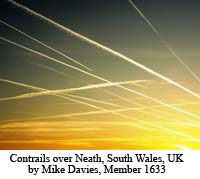 It is not everyday that you’ll find The Cloud Appreciation Society petitioning for FEWER clouds, but that is exactly what we have just done on a UK Government website.
It is not everyday that you’ll find The Cloud Appreciation Society petitioning for FEWER clouds, but that is exactly what we have just done on a UK Government website.
We signed up to a petition urging the Prime Minister to take positive action to counter the increasing proliferation of aircraft condensation trails – the long man-made clouds that form behind high altitude planes.
There is a growing body of evidence to suggest that contrails result in increased levels of high cloud, which tend to trap in the sun’s heat, increasing surface temperatures in the regions they cover. Lower clouds have the opposite effect – of reflecting away much of the sun’s radiation. Indeed, the effect of all cloud types taken as a whole, seems to be a cooling one. The tendency of contrails to spread out and lead to increased levels of high, ‘cirriform’ clouds is in danger of distorting this effect.
Aircraft do not always need to fly at contrail-producing altitudes. It might be possible to limit cruising altitudes with air-traffic ceilings based on the atmospheric conditions, in order to reduce the effects of cloud formation without overly increasing fuel consumption. Organised by Shabra Dowson, the petition states:
“We, the undersigned, petition the Prime Minister to seriously consider using air-traffic management to keep European aircraft outside of contrail-forming regions of the atmosphere. Reducing contrails would bring an immediate reduction in high clouds with a corresponding immediate decrease in global warming.”
We encourage any members and visitors who are UK citizens to add their names to the petition and call for measures to reduce these man-made clouds. Over 200 names on the list by October 2007, and the govenrment will have to give a response.
For more info, see: http://petitions.pm.gov.uk/ContrailCutback/


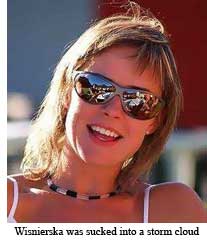

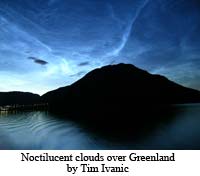

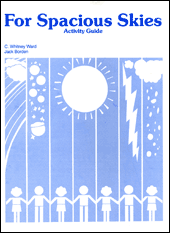
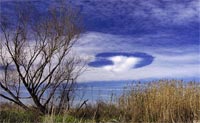
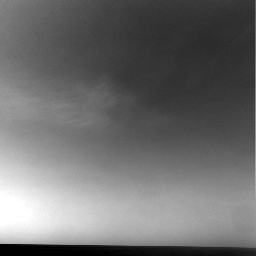
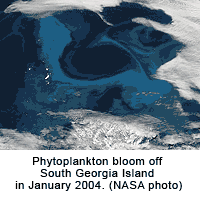


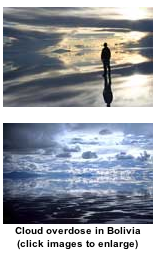
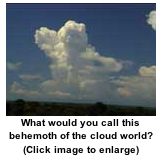
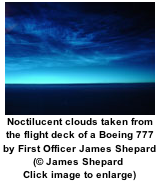

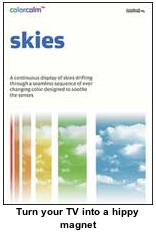
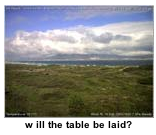
 A computer game with no winners and losers? One in which you just fly around making clouds? It can only have come from students at the University of Southern California, dude…
A computer game with no winners and losers? One in which you just fly around making clouds? It can only have come from students at the University of Southern California, dude… Those who yearn for a little more depth to their cloud photographs should take a look at the 3D photography of Luc de Rop, a member from Sinaai, Belgium. Finally, something worthwhile to look at with those silly glasses that you saved from the back of a cereal packet*…
Those who yearn for a little more depth to their cloud photographs should take a look at the 3D photography of Luc de Rop, a member from Sinaai, Belgium. Finally, something worthwhile to look at with those silly glasses that you saved from the back of a cereal packet*…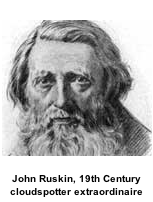 Every cloudspotter should be familiar with the sage words of the english Victorian art critic, John Ruskin, so we have put up
Every cloudspotter should be familiar with the sage words of the english Victorian art critic, John Ruskin, so we have put up  March 13th sees building work begin on the Italian Government’s Congress Centre in Rome. Suspended in the centre of the new building, which is designed by the Roman architect,
March 13th sees building work begin on the Italian Government’s Congress Centre in Rome. Suspended in the centre of the new building, which is designed by the Roman architect,  Wilson A. Bentley, attracted world attention with his pioneering work in the area of photomicrography, most notably his extensive work with snow crystals (commonly known as snowflakes). By adapting a microscope to a bellows camera, and years of trial and error, he became the first person to photograph a single snow crystal in 1885.
Wilson A. Bentley, attracted world attention with his pioneering work in the area of photomicrography, most notably his extensive work with snow crystals (commonly known as snowflakes). By adapting a microscope to a bellows camera, and years of trial and error, he became the first person to photograph a single snow crystal in 1885.
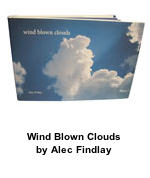 We were sent a book called ‘Wind Blown Clouds’ compiles by Alec Findlay. With it, he sent the following message:
We were sent a book called ‘Wind Blown Clouds’ compiles by Alec Findlay. With it, he sent the following message: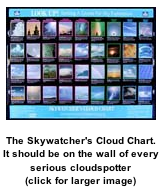
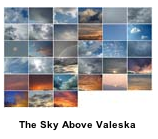



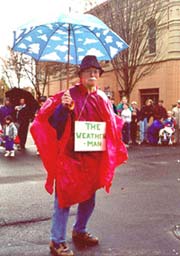 We were very excited to be contacted by the one and only John Day of Oregon, USA. He is commonly known as the Cloudman, as he has devoted his latter years to photographing, enthusing about and explaining the clouds. His website is full of fantastic images and information. We recommend it highly.
We were very excited to be contacted by the one and only John Day of Oregon, USA. He is commonly known as the Cloudman, as he has devoted his latter years to photographing, enthusing about and explaining the clouds. His website is full of fantastic images and information. We recommend it highly. Soon-to-be-member, John Diefenbach, is based in Japan and has filmed the world’s last mainline steam trains, which operate in Inner Mongolia. Filming in mid-winter, with temperatures down to -30C, the steam effects, in some cases, are spectacular. We told him that we are cloudspotters, not train spotters, but it is fair to say that there is not much difference between what comes out of the train’s funnel and a time-lapse image of a cumulus cloud. Similar to the case of the UPS cloud stamps mentioned below, John’s films will be the ultimate for cloud enthusiasts who are also train nerds.
Soon-to-be-member, John Diefenbach, is based in Japan and has filmed the world’s last mainline steam trains, which operate in Inner Mongolia. Filming in mid-winter, with temperatures down to -30C, the steam effects, in some cases, are spectacular. We told him that we are cloudspotters, not train spotters, but it is fair to say that there is not much difference between what comes out of the train’s funnel and a time-lapse image of a cumulus cloud. Similar to the case of the UPS cloud stamps mentioned below, John’s films will be the ultimate for cloud enthusiasts who are also train nerds.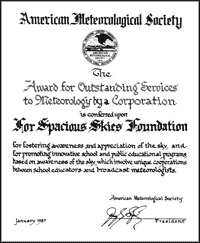

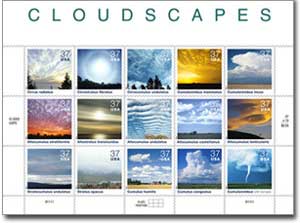 If you are a cloudspotter who collects stamps, prepare to have an orgasm. The US Postal Service has issued a set of stamps starring fifteen different types of cloud. All basic genera are featured except, that is, for the nimbostratus. But then it is a bit of a wet, wingey cloud, so we guess it’s fair enough.
If you are a cloudspotter who collects stamps, prepare to have an orgasm. The US Postal Service has issued a set of stamps starring fifteen different types of cloud. All basic genera are featured except, that is, for the nimbostratus. But then it is a bit of a wet, wingey cloud, so we guess it’s fair enough.